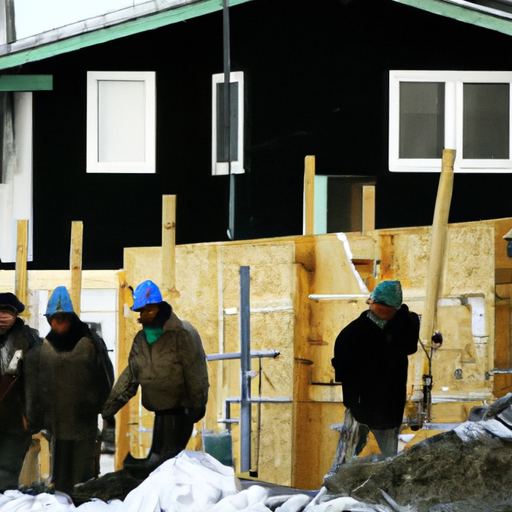Canada’s War on the Opioid Crisis: Investments in Indigenous Communities
Hello to all our readers, and welcome back to our blog. Today, we will be exploring the Canadian government’s recent pledge of $31 million to the Wehwehnehbahgahkinahhhogn Redevelopment Project, a vital part of the effort to combat the opioid crisis in Indigenous communities. This project aims to provide housing, education, employment, and economic development opportunities to Indigenous communities in northern British Columbia.

The Opioid Crisis in Canada
Across Canada, the opioid crisis continues to pose a severe threat to public health. Diagnoses of opioid dependency have increased dramatically in the last decade, with severe implications for homelessness, crime rates, and public health infrastructure. Naloxone, an opioid overdose reversal medication, has seen soaring demand, rising alongside the need for supportive housing and programs to address addictions.
Indigenous Communities and the Opioid Crisis
Indigenous communities are disproportionately impacted by the opioid crisis. This situation is exacerbated by poor access to treatment and prevention services, particularly in remote and northern communities. High rates of unemployment and poverty exacerbate the situation further.
The Government’s Pledge
The recently announced $31 million from the federal government will serve as key funding for the Wehwehnehbahgahkinahhhogn Redevelopment Project. This is a welcome investment in one of Canada’s most vulnerable communities in the unfolding opioid crisis. The project aims to enhance economic development, provide housing, and promote education and job opportunities in the Indigenous community of British Columbia.
The Wehwehnehbahgahkinahhhogn Redevelopment Project
This initiative offers significant potential for positive change, here are the key points to note:
- Housing: The project will build new homes and renovate existing homes, effectively addressing homelessness which is a contributing factor to the opioid crisis.
- Education: It will provide education facilities. Education serves as a key tool in preventing drug misuse.
- Employment: Job creation will be a crucial part of this project. Gainful employment diminishes the likelihood of falling into drug abuse.
- Economic Development: Funds will be allocated to stimulate economic growth in the community, leading to better living standards.
Final Words
We are encouraged by the Canadian government’s decision to invest significantly in the Wehwehnehbahgahkinahhhogn Redevelopment Project. This initiative holds the promise of addressing the underlying issues contributing to the opioid crisis in Indigenous communities, such as poverty, unemployment, and lack of access to education, among others.
Yet, the opioid crisis requires sustained commitment and investment. This includes expanding access to medication like naloxone, public awareness campaigns, and further support for harm reduction strategies. Time will tell if this investment will act as a catalyst for further action to fight the opioid crisis, or settled as a lone initiative.
Thank you for joining us today as we examined this vital topic. Remember, every effort counts in the battle against the opioid crisis. Let’s stay informed and encourage our elected officials to continue taking proactive steps in this ongoing battle.


